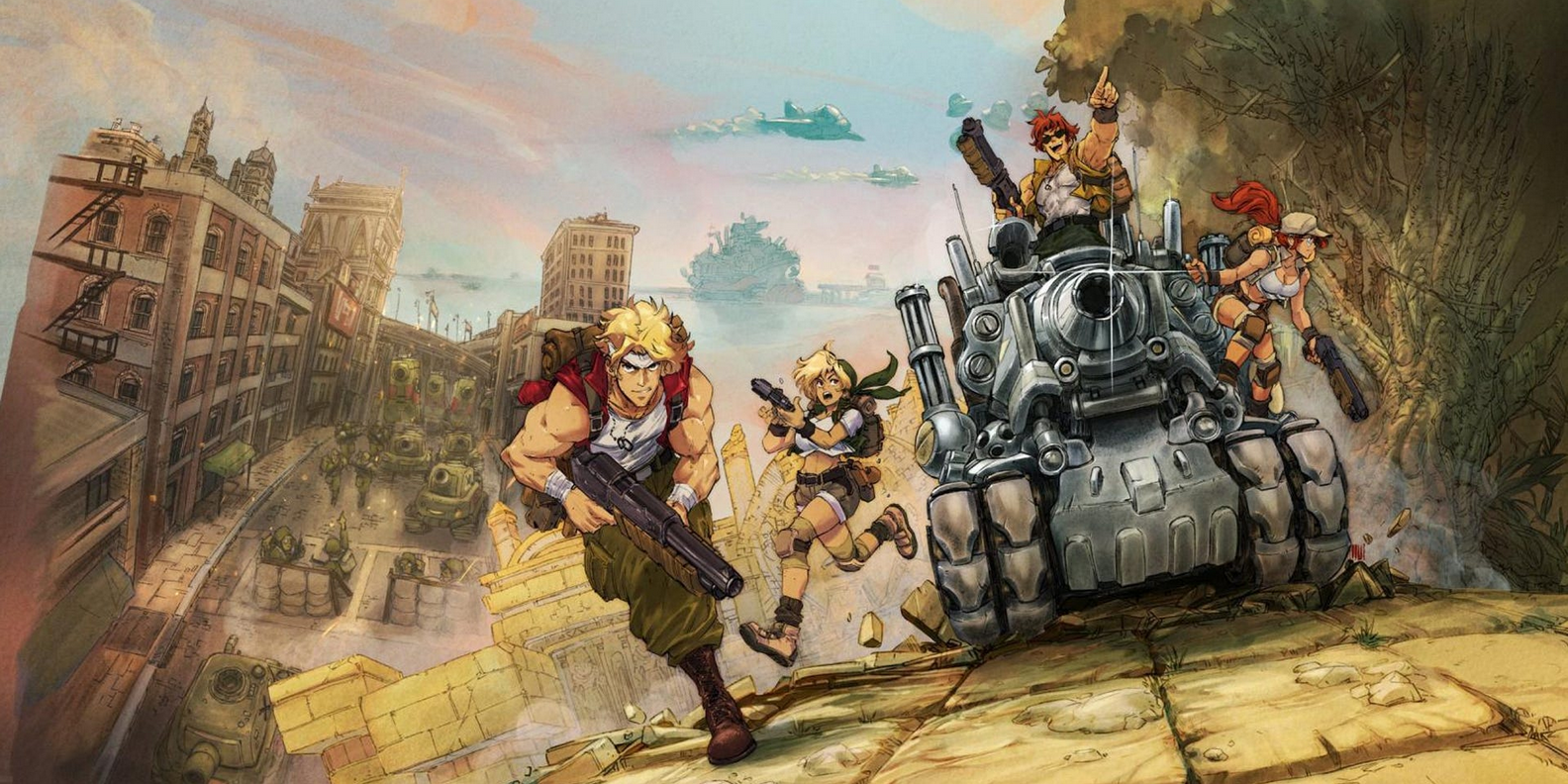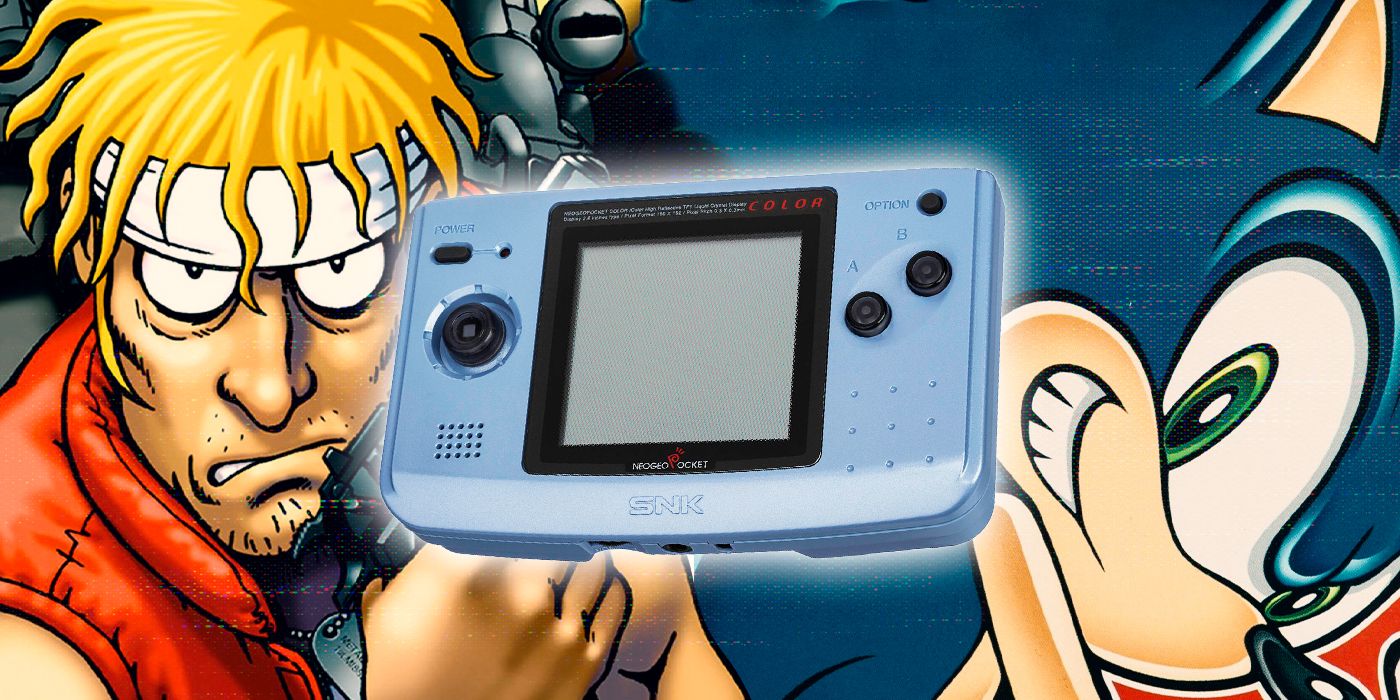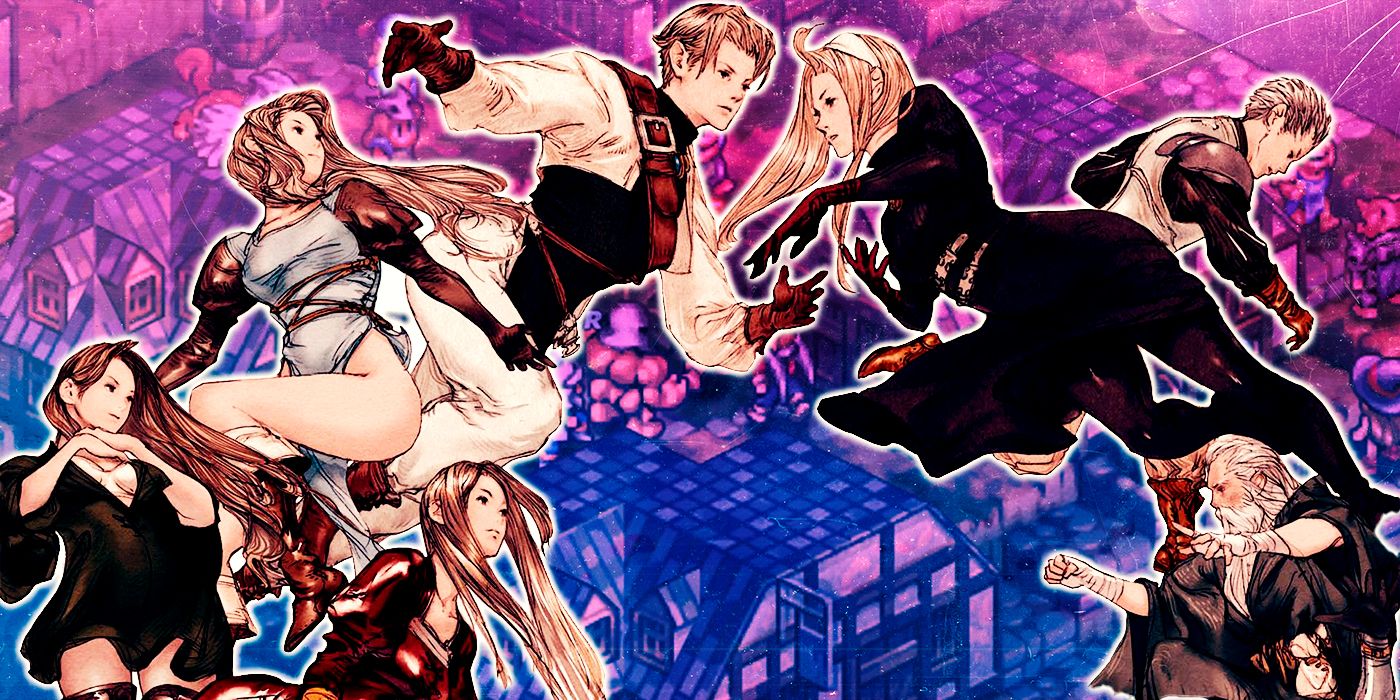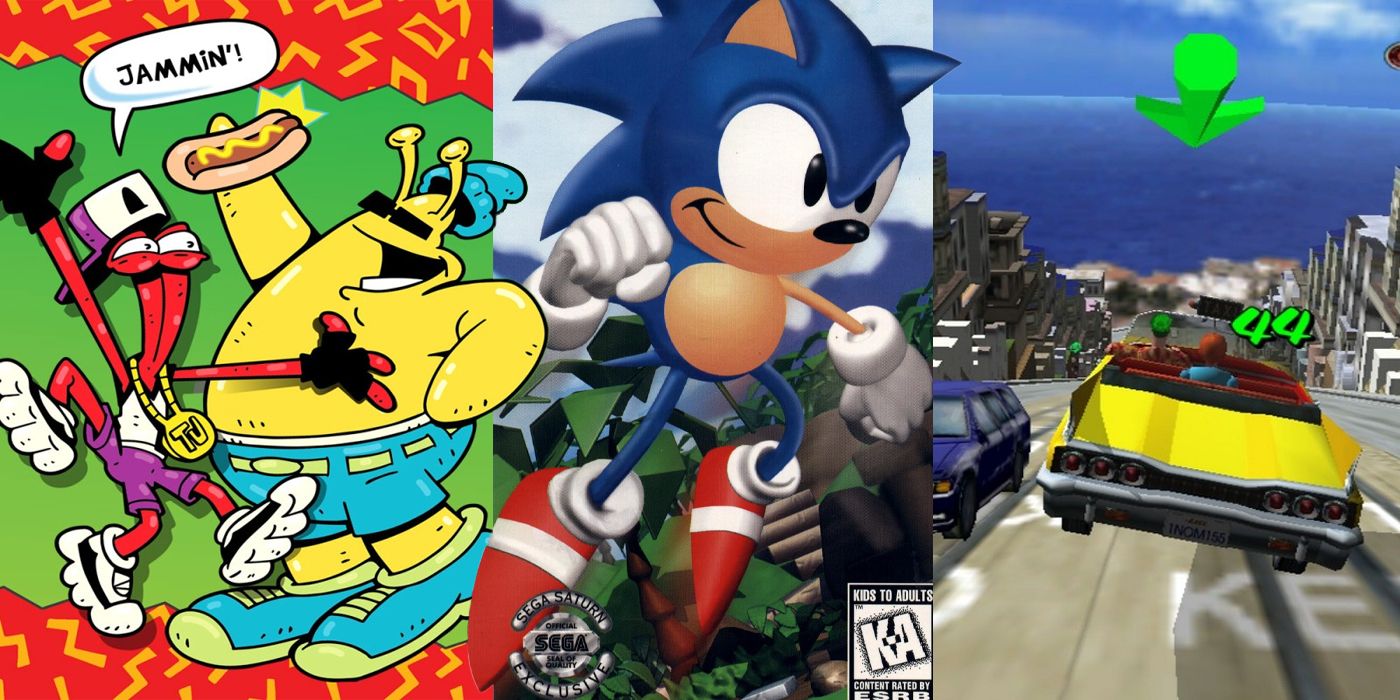
Since the first game’s release in April 1996, the Metal Slug franchise has been primarily a run-‘n’-gun series created for Neo-Geo arcade machines and consoles. The series focuses on the Peregrine Falcon Squad, a team of hyper-capable one-man army soldiers who constantly thwart a rebellious army led by General Donald Morden, alien invaders, the undead, and other bizarre forces bent on world domination. Many of Metal Slug’s characters make cameo appearances in various SNK games, while Ralf and Clark from Ikari Warriors made their way into Metal Slug 6 onward.
The franchise is considered a cult classic due to its incredibly detailed sprite work, countless vehicles, slapstick humor, simple gameplay, and extreme difficulty. Though the last main game in the franchise, Metal Slug 7, came out over 15 years ago, the series remains active through its many spin-off titles. As of this article, Metal Slug Tactics is the latest of them — it came out in November 2024 and is among the few not exclusive to iOS and Android devices. Unlike any other game in the franchise, Metal Slug Tactics is a turn-based tactics game played from an isometric perspective.
Turn-Based Strategy Meets Rogue-Lite Progression
Each Completed Run Unlocks More Goodies

Related
The Game Boy’s Greatest Competitor Is a Handheld That Never Got Enough Love
SNK’s Neo Geo Pocket Color was a truly outstanding handheld system that offered an amazing design and stellar games – so why did it fail?
The first thing that new players may notice is that Metal Slug Tactics isn’t nearly as easy to pick up and play. That’s par for strategy games, but Metal Slug fans may be put off by this complexity. The tutorial does a decent job of explaining the core mechanics, yet the occasional mistake may be a source of irritation. Fortunately, players get ample chances to reset their units’ movements or even their entire turn if they make a mistake. Once players master the basics, gameplay becomes much more addictive and enjoyable. Like any main Metal Slug game, it’s meant to be both challenging and fair.
Each new run after the first allows players to pick one of three regions — the scorching Argun Palm Desert, the primitive Herkanet Tombs, and the thriving Soursop Jungle — with their chosen squad of three characters. The fourth region, Sirocco City, serves as General Morden’s base of operations and cannot be selected until at least one region is cleared. To complete a region, players must complete three missions to lure out that region’s war machine — a giant boss that must be destroyed. This pattern must be repeated until General Morden is defeated, which can take from as few as two regions to all four.
Regardless of whether players succeed or fail in a run, they earn in-game money based on three main factors — the number of completed regions, the number of completed missions, and how many coins they have remaining. That money can be used to purchase a wide assortment of new additions to use in later runs — weapon mods, upgrade rerolls, special actions, passive skills, and entire loadouts. By completing specific achievements, players can unlock certain additions, including six new characters and story interactions between two characters. These interactions play out like support conversations in most Fire Emblem games — there’s no voice acting or pairing, so it’s strictly included to flesh out the game’s setting.
Since each run can never last more than 16 missions, players should never stay attached to a specific set of characters for long. Instead, players are incentivized to experiment with different combinations of characters and load-outs to discover overpowered combinations and keep gameplay fresh.
When gameplay gets too easy, harder difficulty levels are available to bring out these discovered combinations and can yield more in-game money to unlock new additions faster. The first character in the group is considered the ‘leader’ during exposition in between missions, which can be a source of humor at times. Again, this only serves to flesh out the setting, but it might be interesting to view each character’s dialog at least once.
Unlike Most Strategic Games, Excessive Movement Is Rewarded
Speed Is the Crux of Metal Slug Gameplay

Related
This Underrated Yasumi Matsuno Masterpiece Was Way Ahead of Its Time
Tactics Ogre: Let Us Cling Together was a gaming masterpiece for its time.
While conserving movement is usually important in other strategy games, Metal Slug Tactics is quite the opposite. It portrays its over-the-top run-‘n’-gun action by rewarding each character with two resources as they move — Adrenaline and Dodge. Adrenaline fuels each character’s special actions and functions like Mana from other strategy games. Dodge is this game’s form of damage reduction and completely nullifies all incoming damage up to its value, but usually falls to zero by the start of the next turn. The further any character moves, the more Adrenaline and Dodge they generate — darker tiles in a character’s movement range symbolize higher bonuses for each.
Additionally, several objects on each map provide Cover to two adjacent tiles — these add additional Cover Points which further reduce incoming damage, regardless of which direction an attack comes from. Unlike the Dodge mechanic, enemies can make use of cover to protect themselves. Some objects that offer cover have limited Hit Points and can be destroyed (and in the case of vehicles, explode and damage any unit around them), while others are indestructible. Many other objects include interactive switches, explosive barrels, sewer entrances, long ropes, and so on — each possesses its own elements that smart players can utilize to their advantage.
Each character has a weaker primary weapon with unlimited uses and a stronger special weapon with limited uses. Though special weapons uses appear numerous enough to last an entire mission or two, they are only replenished with supply drops that do not necessarily occur after each mission. It’s possible for careless players to run out of special weapon uses at a critical moment. Fortunately, players will know which reward type they will earn when selecting their next mission, so supply drops should never feel too scarce. Speaking of mission rewards, players can also earn other additions, including those previously unlocked through achievements or in-game money.
Weapon mods fundamentally change how they work and can vary from additional damage, longer range, or even an altered area of effect, among many others. Special actions are what characters typically expand their Adrenaline on, and have a variety of effects tailor-made for each character’s play style. Passive skills happen automatically, though some have certain prerequisites to meet each turn. After a few runs, assets and vehicles will start appearing.
Assets are powerful one-time abilities that don’t use up any character’s action, but only three can be held at a time. Vehicles may appear on a map from time to time — commandeering one uses up an action. In return, it can move and use multiple actions to inflict massive damage with its weapons while its armor can soak up some damage. Be warned that vehicles never generate Adrenaline or Dodge, so they should be ejected once their Hit Points or Fuel are low.
Another important aspect of Metal Slug Tactics’ gameplay is its Synchronization mechanic. If one character attacks an enemy who is in range of one or both allies’ primary weapon, they will also attack that enemy. Synchronization doesn’t use up an ally’s actions, and they can participate even if they have no action left. The only restriction comes from bosses — only one Synchronization can be used against them each turn.
Synchronization makes positioning incredibly important to maximize damage potential, but it has its risks. Any character’s movement takes place before an action, so they can’t use an action first and move second. While gaining a bonus move or action can alleviate this risk to an extent, characters never generate Adrenaline or Dodge with bonus movement — only regular movement grants this. Friendly fire from Synchronization is also possible if area-of-effect weapons are used, though Dodge reduces this damage as well.
The Classic Pixelated Aesthetic Is Perfectly Maintained
Classic Neo Geo Sprites Translate Well at a 45° Angle

Related
December 6th is Going To Be A Sad Day for Retro Game Fans
Sega announces that over sixty classic games, including Ristar and Streets of Rage, will be delisted from virtual stores.
A Metal Slug game wouldn’t be the same without incredibly detailed and fluid graphics. Fortunately, Metal Slug Tactics pulls this off with flying colors. The signature pixelated aesthetic from the Neo-Geo days returns with a new isometric camera angle, and it’s just as cartoonishly expressive as ever. Characters still wave or give a thumbs-up after a successful mission, prisoners still give an audible “Thank you!” after being rescued, and General Morden still has that signature laugh.
Even with the occasional exposition, the game still oozes plenty of charm and personality without relying too much on dialogue or cutscenes. Even the character selection screen depicts each character enjoying their leisure time before they are selected — Marco develops computer programs, Fio plays an arcade game, Ralf plays a Neo-Geo, and so on.
Discover more from reviewer4you.com
Subscribe to get the latest posts to your email.







